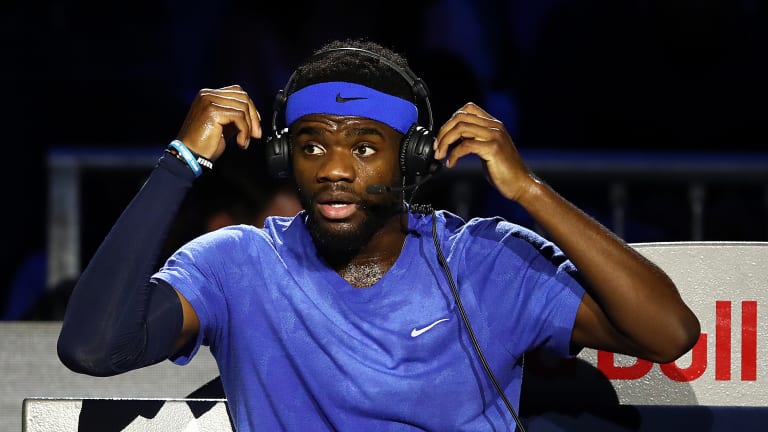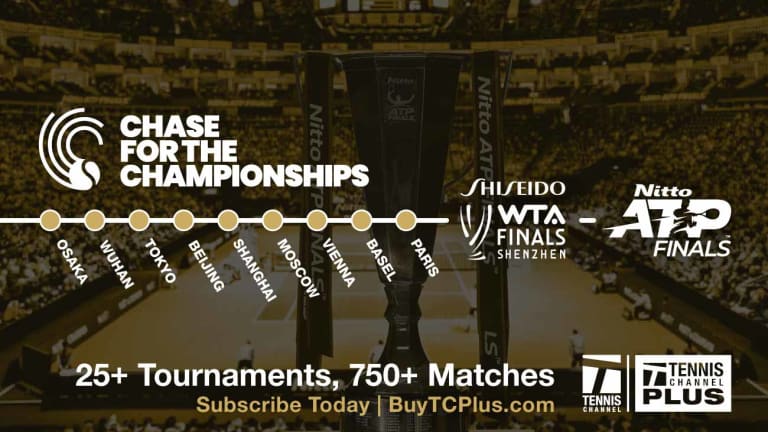Next Gen ATP Finals
Phone a friend: Headset coaching reignites a controversial topic
By Nov 07, 2019Next Gen ATP Finals
With Rafael Nadal watching on, Learner Tien wins Next Gen ATP Finals
By Dec 21, 2025Next Gen ATP Finals
Rafael Nadal, ambassador for the Saudi Tennis Federation, returns to Next Gen ATP Finals
By Dec 21, 2025Next Gen ATP Finals
Learner Tien looks for revenge, in two ways, in the Next Gen ATP Finals title match
By Dec 20, 2025Next Gen ATP Finals
Nishesh Basavareddy advances at Next Gen Finals with Gilles Cervara in his corner
By Dec 19, 2025Next Gen ATP Finals
From hitting partner to headliner: Rafael Jodar shocks top seed Tien in Jeddah
By Dec 17, 2025Next Gen ATP Finals
The 2025 Next Gen ATP Finals: The field, fun facts and where to watch
By Dec 16, 2025Next Gen ATP Finals
Learner Tien tops Next Gen ATP Finals draw hoping to finish job in Jeddah
By Dec 14, 2025Next Gen ATP Finals
From rules to the ruling class, the Next Gen ATP Finals continue to foreshadow the future
By Nov 25, 2025Next Gen ATP Finals
Brazil's Joao Fonseca, 18, captures Next Gen ATP Finals title with Rafael Nadal watching on
By Dec 23, 2024Phone a friend: Headset coaching reignites a controversial topic
It's been three years since the launch of the innovation at the Next Gen ATP Finals in Milan.
Published Nov 07, 2019
Advertising
Phone a friend: Headset coaching reignites a controversial topic
Advertising

Phone a friend: Headset coaching reignites a controversial topic
© Julian Finney/Getty Images
Advertising

Phone a friend: Headset coaching reignites a controversial topic
© Julian Finney/Getty Images
Advertising

Phone a friend: Headset coaching reignites a controversial topic